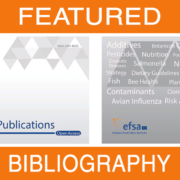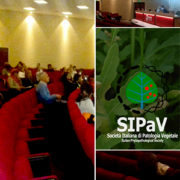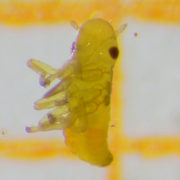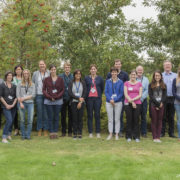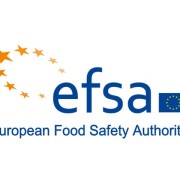Collection of data and information on biology and control of vectors of Xylella fastidiosa
EFSA SUPPORTING PUBLICATIONS | Volume 16, Issue 5, May 2019
Authors
Francesco Di Serio 1 , Nicola Bodino 2 , Vincenzo Cavalieri 1 , Stefano Demichelis 5, Michele Di Carolo 4, Crescenza Dongiovanni 4, Giulio Fumarola 4, Gianni Gilioli 7, Emilio Guerrieri 3, Ugo Picciotti 6, Elisa Plazio 2, Francesco Porcelli 6, Matteo Saladini 2, Martina Salerno 6, Anna Simonetto 7, Daniele Tauro 4, Stefania Volani 7, Stefania Zicca 1, Domenico Bosco 2,5
Affiliations
1 IPSP-CNR Bari, 2 IPSP-CNR Torino, 3 IPSP-CNR Portici, 4 CRSFA Locorotondo (Bari), 5 Università di Torino DISAFA, 6 Università di Bari DiSSPA, 7 Università di Brescia DMMT
Abstract
The scope of this project was the collection of data and information on biology, phenology and control of vectors and potential vectors of Xylella fastidiosa (referred to, from now on, as Xf vectors). Systematic literature searches covering the different topics were conducted on authoritative databases indexing peer‐reviewed scientific publications as well as on grey literature repositories. An extraction table on the ecology and phenology of Xf vectors was generated, together with a draft protocol for field data collection targeted to Philaenus spumarius. Efficacy tables on different control methods were also produced and crosschecked with data on plant protection products currently applied in the EU with effect on Xf vectors, producing a good agricultural practices table.
With the help of questionnaires, we inventoried: i) the ongoing integrated pest management programmes on stone fruits, citrus, grapevine and olive crops in the Mediterranean Member States (MedMSs), and the monitoring activity on Xylella vectors currently conducted in all the EU MSs. Finally, we collected new experimental data on phenology and ecology of P. spumarius and other spittlebug species for three consecutive years (2016‐2018). The data have been collected via field surveys in olive orchards, vineyards and insect rearing at the macrocosm (field), mesocosm (screenhouse) and microcosm (small rearing cage) level. All observations in olive groves were conducted in parallel in the Apulia and Liguria regions, while those in vineyard were carried out in the Piedmont region (Italy).
The results are provided in the body of the report as metanalysis and in Excel tables as supporting material and concern i) phenology, host‐plant associations and population dynamics of nymphs and adults of P. spumarius and other spittlebugs under different environmental conditions, ii) fecundity and reproductive biology from microcosms and field‐collected females. Field and mesocosm data are supported by agronomic and meteorological data.
- Published on May 15, 2019 by EFSA SUPPORTING PUBLICATIONS

